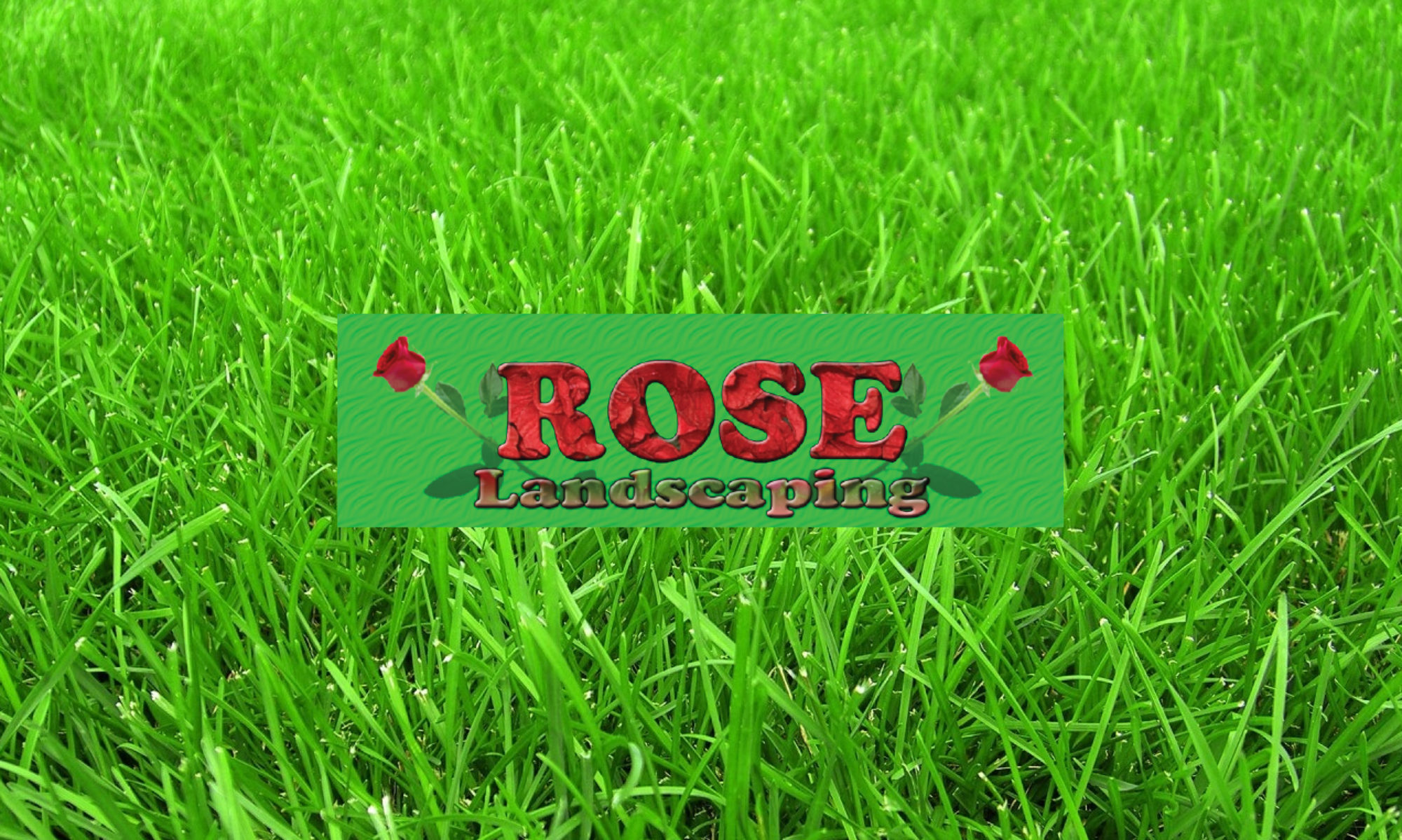Water Early In The Morning:
This will help to avoid excessive evaporation. Watering in the evening or night causes lawns to stay wet and encourages disease development. Water only when it hasn’t rained for 7 days. To maintain a green lawn in cool or warm weather, your lawn needs 1″ of water per week. In hot, dry and windy weather, it will need 1 to 2″ of water per week. Most sprinklers produce between 1/4 inch and 3/8 inches of water per hour, or 2 to 4″ per week.
Mow Frequently & Leave Grass Clippings On The Lawn:
This adds food and moisture and discourages weed encroachment. Cut no more than an inch off the height each mowing, and leave grass height 2 1/2 inches to 3 1/2 inches long. If clippings exceed 6″ in length, rake them up and mix them into compost, or take them to a drop off site.
Have Your Soil Tested:
Get your soil tested to determine what lawn management practices you need. A test will tell you the type, amount and frequency needed to fertilize for a healthy lawn.
Fertilize Properly:
Getting the results from a soil test will help you determine how to fertilize. Use only the amount called for, based on your lawn’s square footage. Spread fertilizer in two directions for each application.
Garden & Landscape:
Healthy plants in a garden or landscape create less waste and need less chemicals and water. The types and locations of trees in your yard can reduce heating & cooling costs.
Know Your Weeds:
Weeds can tell you something about what’s wrong with your lawn. Take time to identify your weeds and treat them appropriately to strengthen and improve your lawn. A weed free lawn is not necessarily a healthy one.
Dandelions – may indicate that the grass is too thin.

